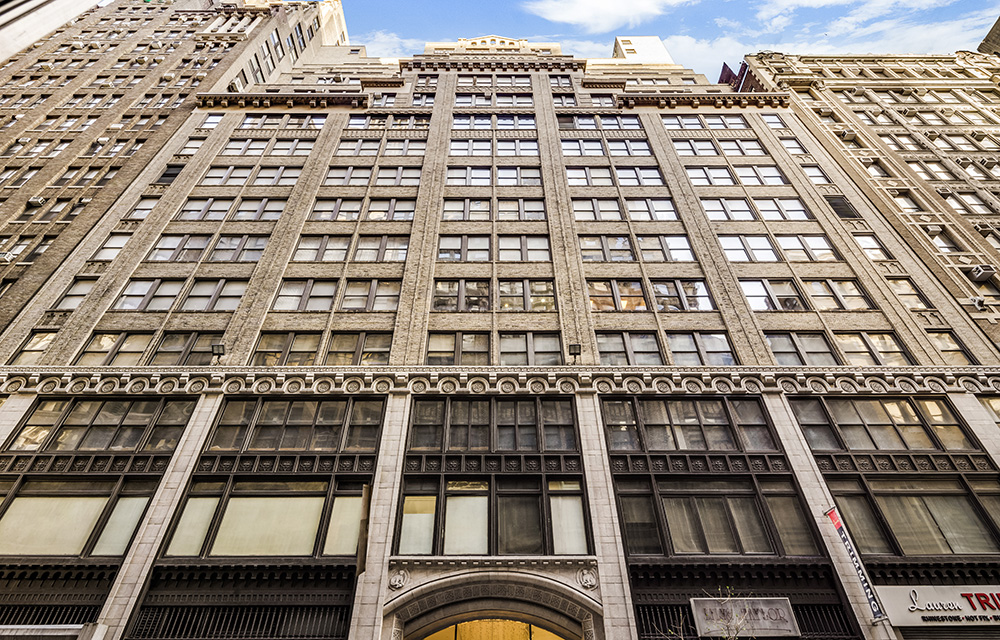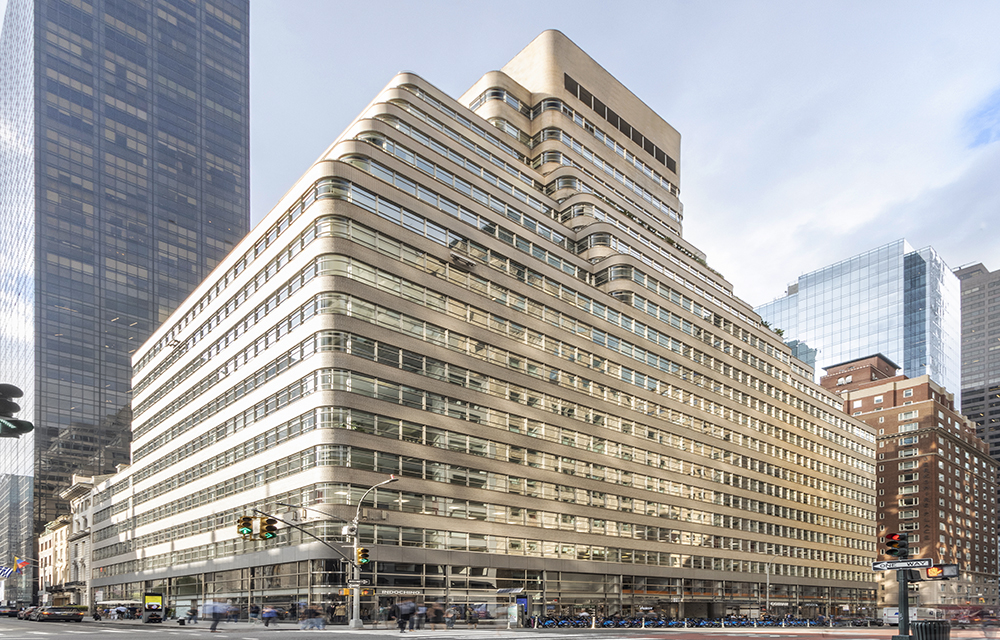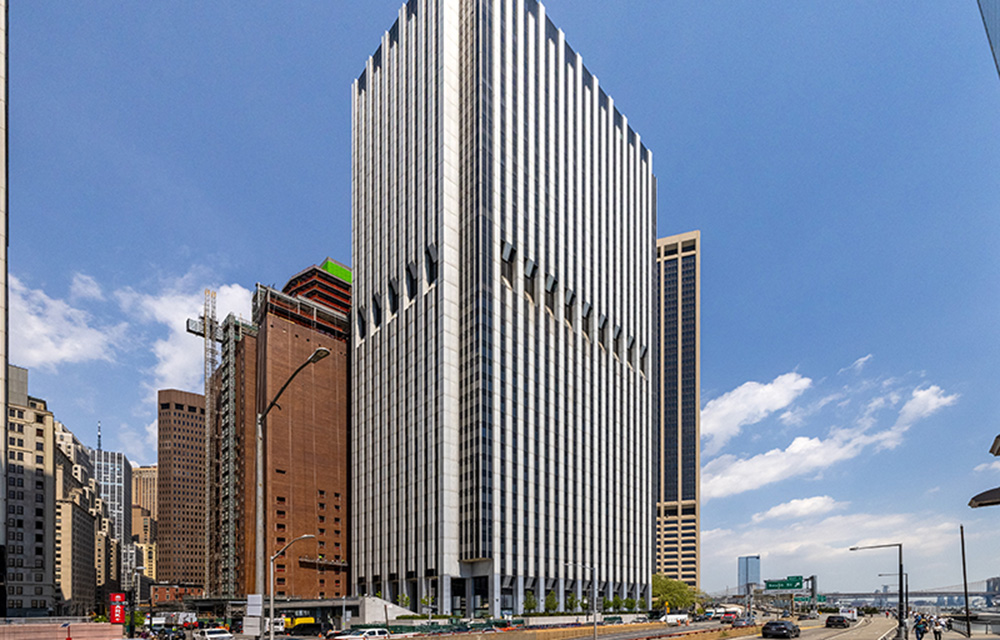News:
Brokerage
Posted: January 24, 2011
The challenges New York State face in the year ahead
Balancing the state budget without raising taxes and promoting programs for job creation statewide are the most important goals for New York and the real estate industry in 2011.
Governor Cuomo recognized these two critical issues in his State of the State address. Acknowledging the disastrous impact high taxes have on our state's economy he said, "New York has no future as the tax capital of the nation." To transform New York's economy, he said, we must hold "the line on taxes now while working to lower taxes in the future."
Also, emphasizing the importance of job creation to our state's economic recovery, the governor proposed a dramatic increase in the incentives in the recently enacted Excelsior Program. His proposed changes to the program would give qualifying businesses a tax credit equal to 100% of the income tax receipts for each new employee for ten years. The program now provides a $2,500 to $5,000 tax credit per employee for five years.
Nevertheless, the challenges our state faces are daunting.
It is well-known that NYS faces a budget gap in the upcoming fiscal year of nearly $10 billion. Unfortunately, we face a long-term structural budget gap as well. Unless we take bold action now, the gap will grow to more than $14.5 billion in fiscal year 2013 and $17 billion in 2014.
The root of the state's budget problem is unsustainable government spending. One source of this problem is the galloping growth rate of government employee pension and healthcare. Spending for these benefits will soar to $6.2 billion in 2014, a 475% increase since 1999.
This alarming escalation in government spending is systemic and broad-based, not simply the result of the economic crisis of the last two years. For the last decade, state spending has grown at an average annual rate of 5.9%. During the same period, personal income grew 3.8%. We have reached a point that we can neither ignore our persistent budget problems nor raise taxes or look to Washington to solve them.
Two years ago, we tried to tax our way out of our budget problem by imposing a $6 billion personal tax increase and instituting a range of other taxes. Today the state budget deficit is worse than ever.
High taxes have been hostile to business and job creation and to the retention of the most critical demographic group—20 to 35 years old—for economic growth and vitality for too long. New Yorker's already have the second highest combined state and local tax burden in the nation. It is time to lower taxes and to stop spending beyond our means.
In addition to reducing government spending and lowering taxes, we must vigorously promote economic development programs that create jobs and induce capital investment. The proposed changes to the Excelsior Program are a good start.
In N.Y.C., however, we need to revive the market for new residential and commercial construction for the jobs it creates and the tax revenue it generates. An important REBNY priority is the renewal of the 421a program. By providing a tax exemption for new multifamily development the program has offset the high real estate taxes that would have been an impediment to new housing.
Unfortunately, as these buildings come to the end of their tax exemption schedule, high property taxes are driving building owners to sell these rental properties to condominium converters, reducing the supply of market rate and low income rental housing. We have proposed as part of the 421a renewal that an amendment be added to give owners of 80/20 buildings an option to retain the affordability of the low income units for thirty years in exchange for a cap on property taxes of 20 percent of gross building revenue.
We are also urging the city and the state to restore tax benefits in FAR 15 zoning districts, extend the time to complete construction and the construction period benefits for stalled projects, and provide tax exemption benefits for converting commercial buildings to residential use. These changes would have a catalytic impact on housing construction and our economy.
Another critical economic development program is the Industrial and Commercial Abatement Program (ICAP). This program also needs to be renewed to promote capital investment. In the revision to the program in 2007, the method of calculating the tax benefits was changed to a more objective method based on the assessed value of the property at the start and the end of the capital improvement project. Unfortunately, in a declining market and particularly with renovation projects, significant capital investment could result in no tax benefit using this new method. This fundamental flaw has discouraged renovation in many aging buildings in need of system wide upgrades.
Our state faces staggering and unprecedented budget gaps over the next three years. It is imperative that the real estate industry and the entire business community strongly and publicly support Governor Cuomo's initiatives to balance the state's budget this year and the next three years. We need to hold the line on taxes and promote economic development programs that would create a fiscal climate that encourages capital investment and job creation state-wide. Achieve these goals we will truly be "The Empire State."
Tags:
Brokerage
MORE FROM Brokerage
Meridian Capital Group arranges 10-year retail lease for Mess at 236 West 10th St.
Manhattan, NY According to Meridian Capital Group, Jordan Langer, Noam Aziz and Carson Shahrabani of the firm’s retail leasing team have arranged a five-year lease at 236 West 10th St. in Greenwich Village

Columns and Thought Leadership

Behind the post: Why reels, stories, and shorts work for CRE (and how to use them) - by Kimberly Zar Bloorian
Let’s be real: if you’re still only posting photos of properties, you’re missing out. Reels, Stories, and Shorts are where attention lives, and in commercial real estate, attention is currency.

Lasting effects of eminent domain on commercial development - by Sebastian Jablonski
The state has the authority to seize all or part of privately owned commercial real estate for public use by the power of eminent domain. Although the state is constitutionally required to provide just compensation to the property owner, it frequently fails to account

AI comes to public relations, but be cautious, experts say - by Harry Zlokower
Last month Bisnow scheduled the New York AI & Technology cocktail event on commercial real estate, moderated by Tal Kerret, president, Silverstein Properties, and including tech officers from Rudin Management, Silverstein Properties, structural engineering company Thornton Tomasetti and the founder of Overlay Capital Build,

Strategic pause - by Shallini Mehra and Chirag Doshi
Many investors are in a period of strategic pause as New York City’s mayoral race approaches. A major inflection point came with the Democratic primary victory of Zohran Mamdani, a staunch tenant advocate, with a progressive housing platform which supports rent freezes for rent








.jpg)
.gif)
.gif)